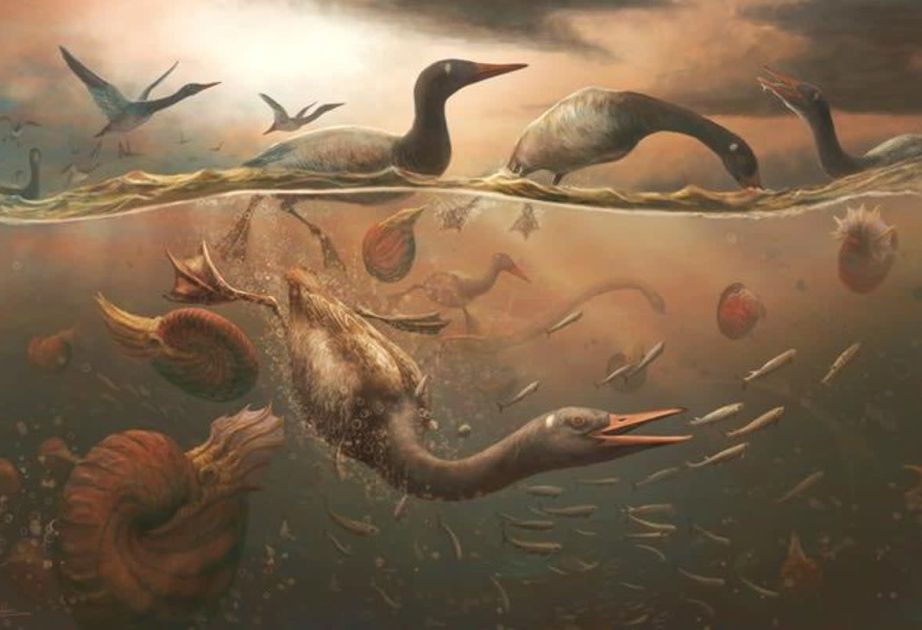69 million year old bird skull find in Antarctica

By Alimat Aliyeva
Scientists have revealed that a 69-million-year-old animal skull discovered in Antarctica belongs to the oldest known modern bird. This bird, an ancient relative of ducks and geese, lived on the coast of Antarctica during the Cretaceous period, alongside the famous tyrannosaurus, Azernews reports.
Patrick O'Connor, a professor at Ohio University and an expert in Earth and space sciences at the Denver Museum of Nature and Science, discussed the significance of the discovery: "This fossil will tell us a lot about the earliest stages of the evolution of modern birds in Antarctica."
The bird's skull, which was found during an ongoing paleontological project on the Antarctic Peninsula that has been active since 2011, provides crucial insight into how the region contributed to the formation of modern ecosystems. "In many ways, Antarctica is the last frontier in humanity's understanding of life in the age of dinosaurs," said Matthew Lamanna, a researcher at the Carnegie Museum of Natural History in Pittsburgh.
The skull features a long, pointed beak and a brain shape that is unique among all known Mesozoic-era birds. Researchers believe these characteristics belong to an extinct bird species called Vegavis, a group that includes all modern birds with similar wing structures. Vegavis was first identified 20 years ago by Julia Clark, a professor at the University of Texas at Austin. It is thought to be an early representative of modern waterfowl, such as ducks and geese.
Interestingly, Vegavis and similar birds became extinct at the end of the Cretaceous period, coinciding with the mass extinction event that wiped out the dinosaurs. Unlike modern birds, these ancient species used their legs to move underwater, which suggests that their behavior and physiology were quite different from those of today's waterfowl.
This discovery highlights the rich and diverse history of life in Antarctica, a continent that, despite its modern-day ice cover, was once home to a variety of creatures, from ancient birds to dinosaurs. The fossil offers a rare glimpse into how early bird species adapted to extreme environments, potentially providing insights into the evolution of modern birds in such harsh ecosystems.
The find also opens the door to further research on how climate, geography, and ecosystems in Antarctica during the Cretaceous period influenced the development of life, including species that survived the mass extinction. As the scientific community continues to study fossils like Vegavis, it deepens our understanding of the ancient world and the origins of the animals we see today.
Here we are to serve you with news right now. It does not cost much, but worth your attention.
Choose to support open, independent, quality journalism and subscribe on a monthly basis.
By subscribing to our online newspaper, you can have full digital access to all news, analysis, and much more.
You can also follow AzerNEWS on Twitter @AzerNewsAz or Facebook @AzerNewsNewspaper
Thank you!
